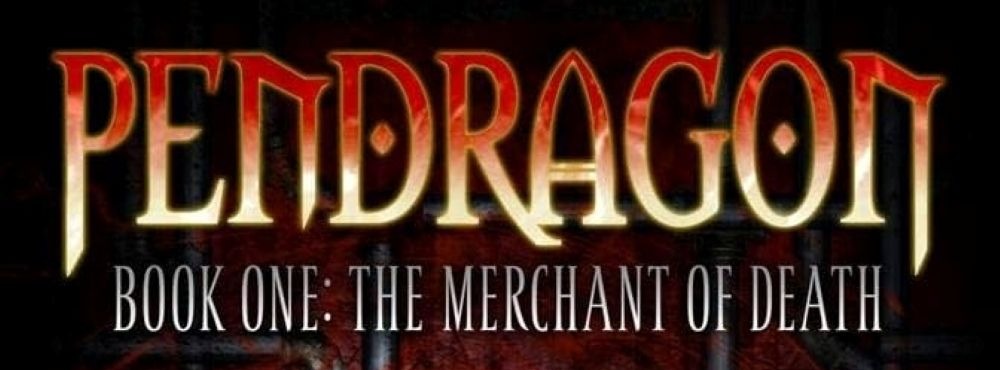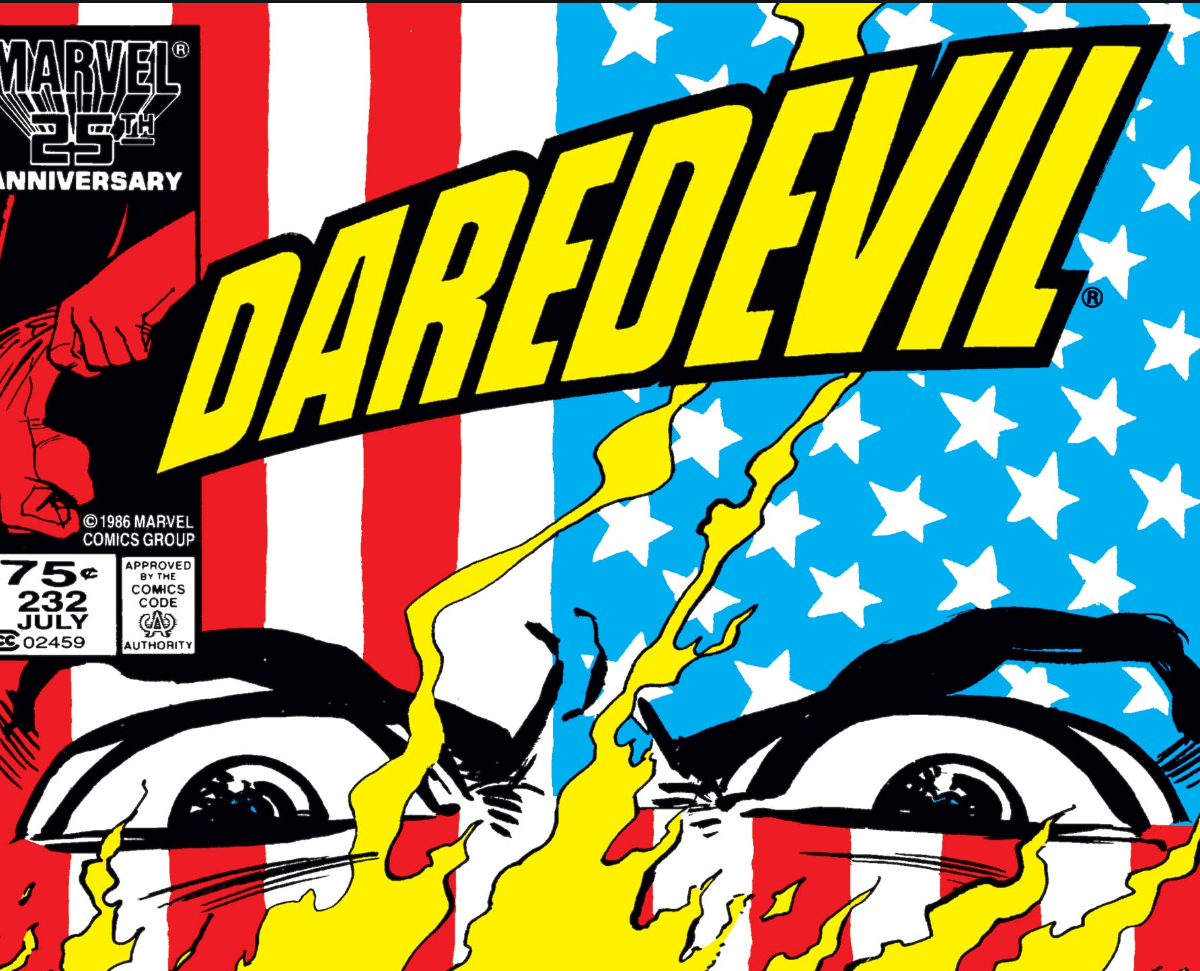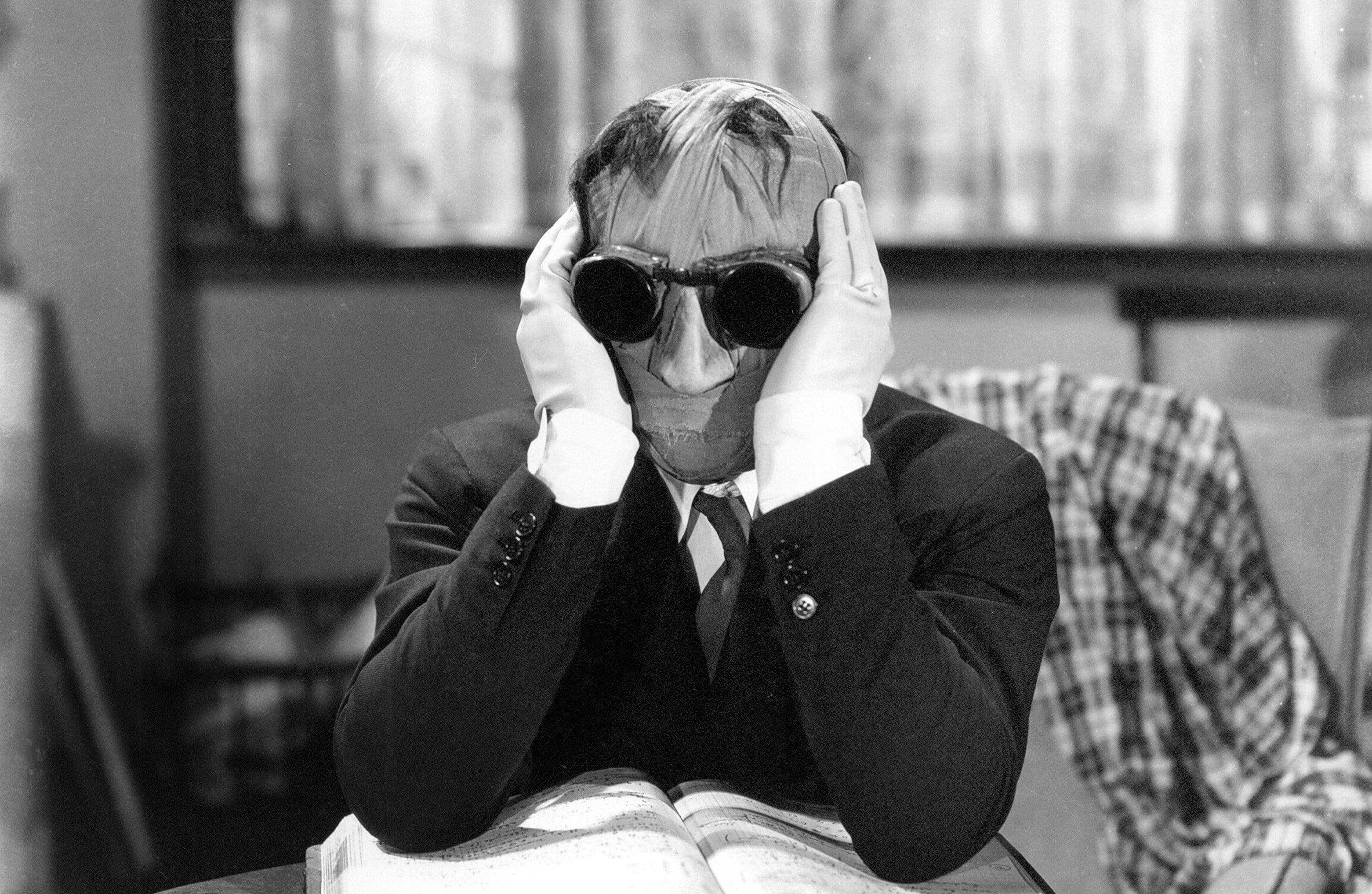The Merchant of Death, Pendragon Novel vs Graphic Novel
YA Revisited

The 2000s were an exciting time for avid young adult and children’s fiction readers. The success of Harry Potter kicked off a continued spree of similar adaptations that have slowed but not stopped even today. For someone like me, who was in the target audience for these books and films, it seemed almost natural that a popular book series would then result in a film or television series. While this perspective was misguided and limited, it prompted me to notice when specific series were not adapted. Growing up, my largest gripe in the area of missing adaptations was the Artemis Fowl books’ lack of on screen representation, which would ironically be a regrettable effort when finally realized. A close second was always the Pendragon series, a collection of captivating fantasy books written by author DJ MacHale.
Halla
The strongest components of The Merchant of Death are the wider world, identified as Halla, and characters, which are introduced to the reader with the clear intent of building a long term narrative. While the plot within these pages is far from the tightest or most imaginative, the wider universe is just being scratched, and its key players are the true standouts. The cast characters are a clear high point, as the author plants seeds for their growth over the subsequent sprawling series.
Protagonist Bobby Pendragon is an average teen boy swept away into this world-hopping adventure after his first kiss. The other side of said smooch was Courtney Chetwynde, a confident girl of the same age, who becomes a main character in her own right. Rounding out the trio is Bobby’s best friend, Mark Dimond, a somehow even more average teen boy. While Bobby is out exploring and saving the day in the primary plot line, Courtney and Mark are the focus of the secondary plot. The three are separated by the revelation that Bobby is a Traveler who has to leave the territory of Earth to help others. What it means to be a Traveler and visit new territories is a large portion of the lore building done throughout the story.
Territories are distinct worlds or settings, comparable to a multiverse situation that is common today. At this point in the series, we only have in-depth knowledge of two, with one being Earth and the other a place called Denduron, which is where the majority of this story is set. Travelers are simply people who can use secret tunnels to move between the territories. There is clearly a lot more to being a Traveler, with constant hints at a larger war unfolding behind the scenes, but the details are kept vague and sidelined at this point. The truncated version is that each territory has two Travelers and one “turning point,” which is described as a moment for the territory to choose between order or chaos. The Travelers hope to usher in order, but they are up against the mysterious Saint Dane, who sides with chaos and seems to be something more than a Traveler.
The setup is class good versus evil, but the versatile nature of the fantasy framework is quite clever. By keeping the territories distinct from each other, there is a wide range of settings and possible stories. The structure is similar to that of a series like Magic Tree House, where it is built to be repeatable and iterable, with each novel showcasing a portion of Halla. There is also an element of bending time in the territories, which allows for Bobby’s journals, which are one of the series' defining features.
The pattern of the Pendragon novels is Bobby heading off to a new territory and relaying his adventures back to the other two via his journals and letters. This creates a dynamic where Courtney and Mark learn about Bobby’s discoveries alongside the reader and become fans of a sort. I found this to be a clever technique, establishing distinct relationships between the reader and the divided protagonists. Experiencing the story with Mark and Courtney helps to develop an earnest connection between them and the reader.
Denduron
In The Merchant of Death, Bobby travels between territories for the first time and arrives at a place called Denduron. Frequently described as ‘primitive,’ the world of Denduron is similar to a basic fantasy setting with knights and castles. Along with his Uncle Press, Bobby is ushered into the lives of two tribes, the Bedoowan and Milago. The former occupies and exploits the latter in a grim and over the top fashion. As each territory has a turning point, where one event will lead to sweeping order or chaos, Bobby and Press initially believe that freeing the Milago is the goal of the Travelers. Along the way, though, Press is captured by the Bedoowan, and Bobby’s attempts to free him skew their entire view of the territory.
The turning point ends up being centered on the discovery of a substance called tak. A red clay that explodes when ignited, the Milago come to view tak as their path to freedom. The Travelers become worried that tak will lead to something worse than inter tribal oppression, and to make matters worse, the Milago’s ability to harness tak’s power is sped along by the discovery of a battery brought from Earth by Bobby. At this point, the book attempts to flip the script and subvert the David vs. Goliath story by painting it as Goliath vs. Other Worse Goliath.
The idea is that Travelers are not meant to mix things from other territories, as a rule. Uncle Press says this to Bobby before they even arrive at Denduron but doesn’t explain why or really stress the matter until it is too late. But then, his explanation is not great either, and the story is never convincing in its rationale for restricting the Travelers. There is an extended sequence where the Milago explain how Bobby’s battery allows them to ignite tak with the flip of a switch, and this is taken as proof that they have leaped headfirst into armageddon. However, it is explicitly close range, limited to a single battery, and the tak already was so volatile it could explode with a light impact or small flame, so the actual utility of the battery is questionable. These are slight nitpicks, but the novel revels in pages of Bobby moralizing like Oppenheimer as he laments the fiery doom he has bequeathed on the lowly savages.
The logic of the final conflict is never convincingly solid, with all the Travelers relying on some broad assumptions about the very nature of humanity to make their point. There is simply no reason for them to take on the authority of policing technological advancement for a society of people to which they do not even belong. Their flawed reasoning is human and believable, but it is unfortunate how much effort the novel puts into rationalizing via the thoughts of a fourteen year old boy. There is a persistent theme of misplaced blame and responsibility, from the villainization of the Milago, to Uncle Press’s shaming of Bobby. It’s clear the novel is examining the idea of blame and where the buck stops, so to speak. Still, even towards the end, the amount of rationalizing and explanations feels as though the novel is attempting to persuade the reader to agree with the protagonists instead of presenting their story.
Graphic Novel
I was surprised that while there is no on screen adaptation of The Merchant of Death, there is a graphic novel version of the first Pendragon story. A straight up and down retelling, it is impressive how similar the two experiences end up. It’s hard to assess the accurate impression that the graphic novel would leave on a new reader, and there is certainly a possibility that some of the story points would be confusing or vague if not read in the context of the original book. On the flip side, my major gripe with the original book is the wordy analysis and explanations that Bobby incessantly dumps on the reader. While those sections arguably serve a utilitarian role for younger readers, the graphic novel format gets around the issue without the drawbacks. Streamlining the narrative is almost natural for a graphic novel, and it really elevates this story by substituting tedious paragraphs with expressive art.
I’m disappointed that the Pendragon graphic novels don’t seem to be an ongoing series, as this is the only entry since its release. The charming and descriptive art allows the fantasy world and characters to shine without the occasionally tiresome verbose exposition in the original format. As I continue rereading the Pendragon series, I will be surprised if that feeling does not grow. We will see if the story can reach the bar it has set for itself.
Citation Station
- The Merchant of Death, DJ MacHale (author).
- The Merchant of Death Graphic Novel, Carla Speed McNeil (adapter, illustrator), DJ MacHale (author).


